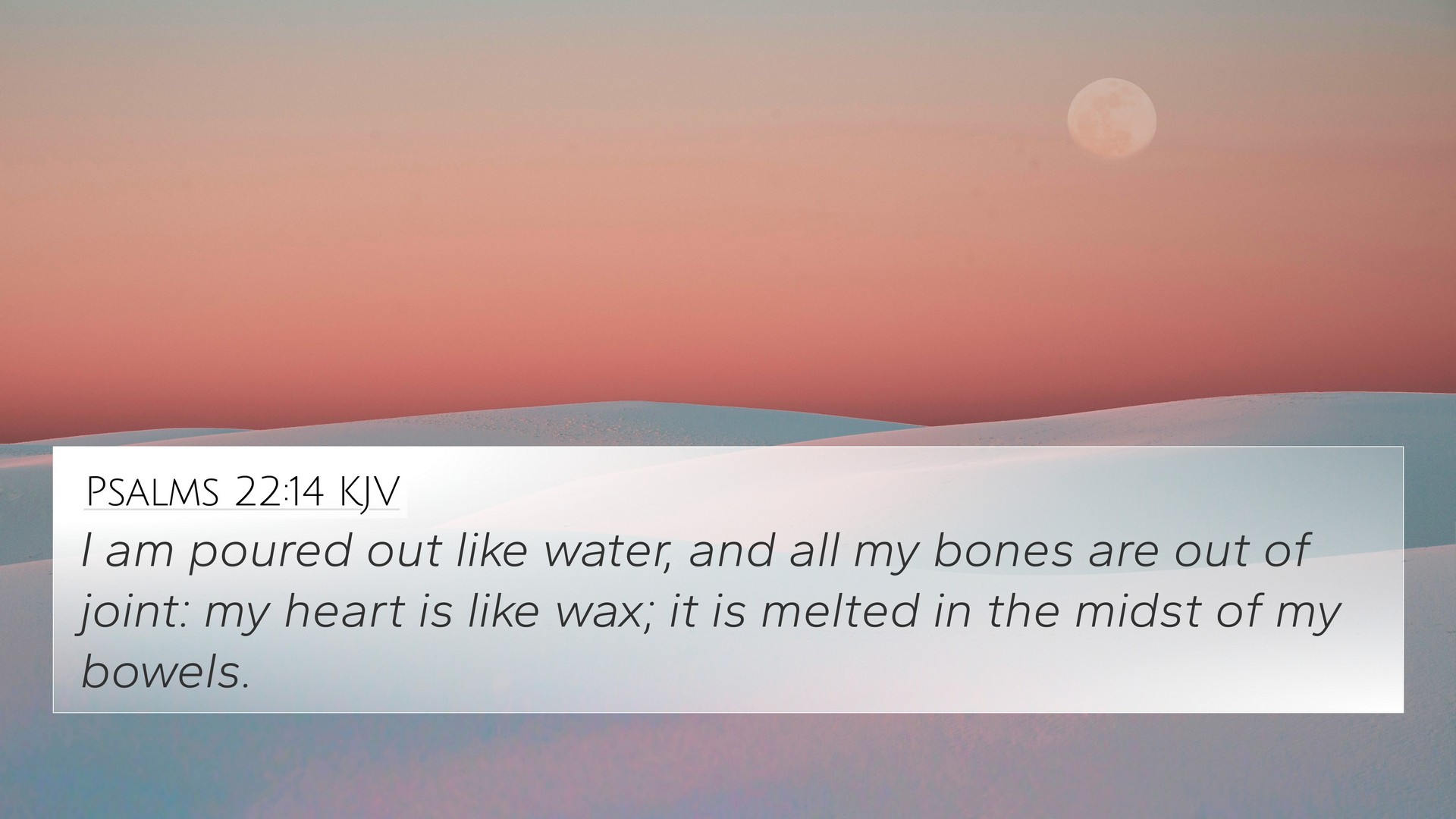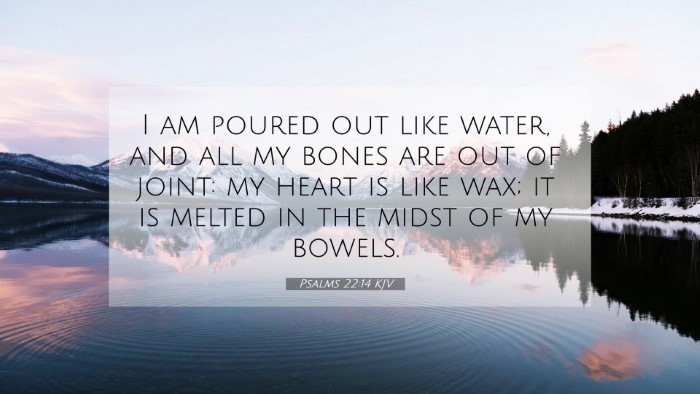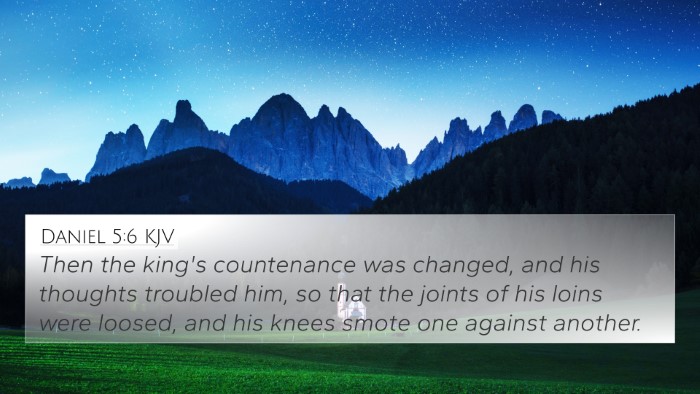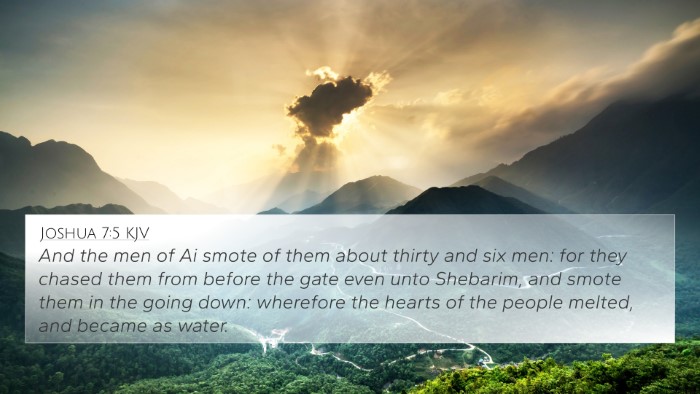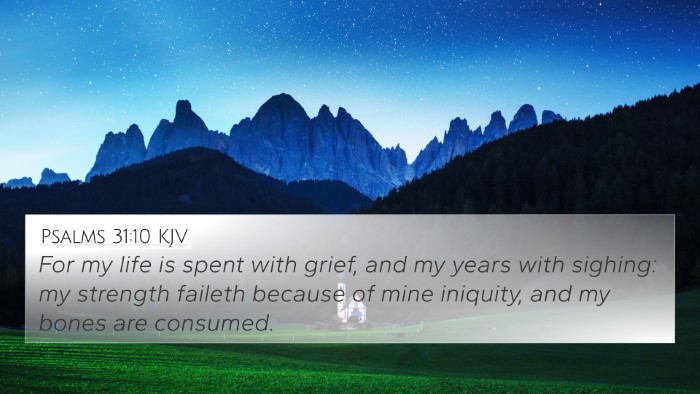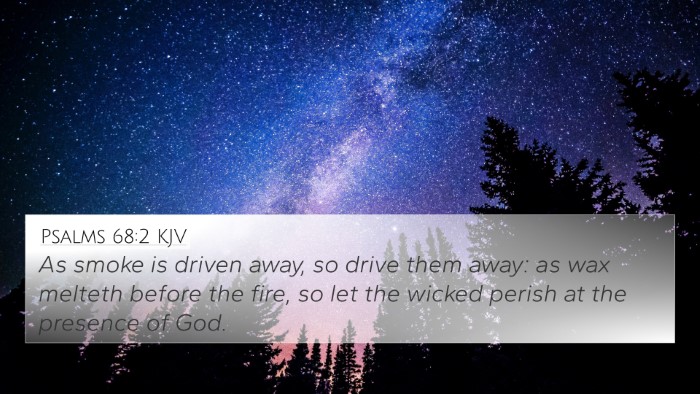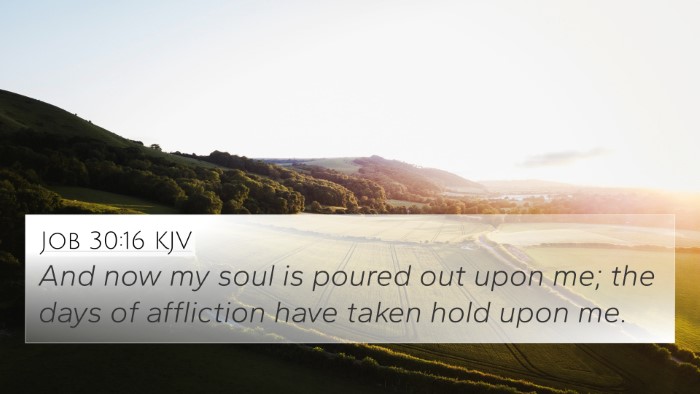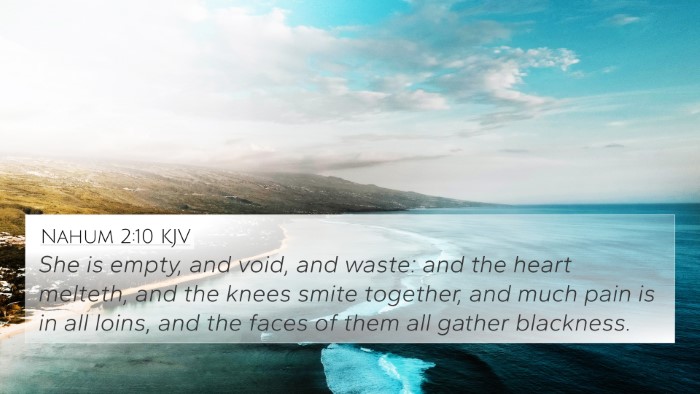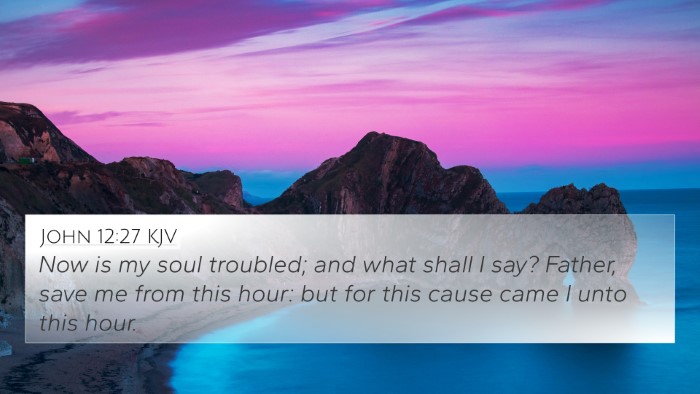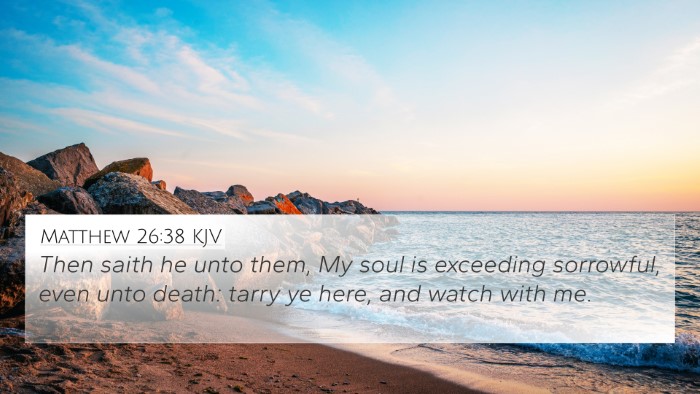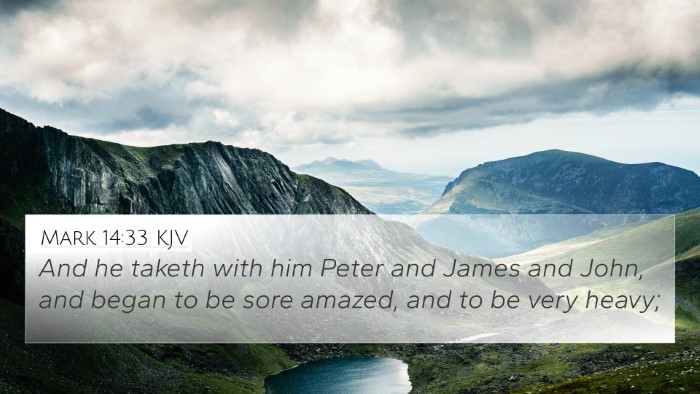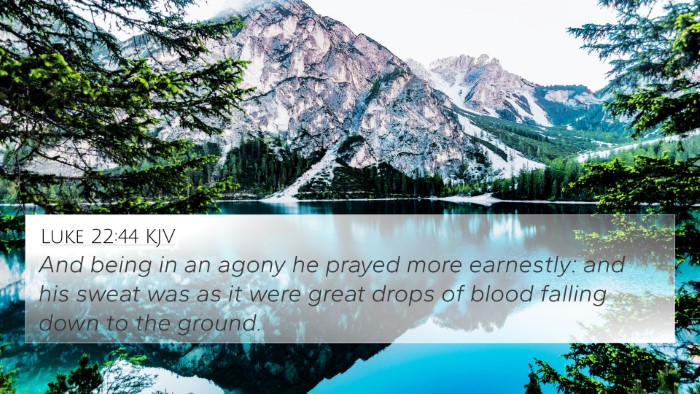Psalms 22:14 Meaning and Interpretation
Psalms 22:14 states, "I am poured out like water, and all my bones are out of joint; my heart is like wax; it is melted within me." This verse, coming from a Psalm traditionally attributed to David, presents profound imagery and emotional depth. The Psalm itself is a cry of anguish and despair, often connected with the suffering of Christ on the cross, reflecting both personal lamentation and a prophetic foreshadowing of the suffering Messiah.
Overview of Key Themes
- Suffering and Despair: The imagery of being "poured out like water" evokes a sense of complete emptiness and vulnerability.
- Physical Agony: The mention of bones being out of joint symbolizes extreme physical pain, resonating with the crucifixion experience.
- Emotional Turmoil: The heart "like wax" illustrates deep emotional distress, suggesting a loss of strength and vitality.
Commentary Insights
- Matthew Henry's Commentary: Henry emphasizes the completeness of the psalmist's suffering, noting that the physical pain reflects the spiritual agony of being forsaken by God. He draws attention to the metaphor of being poured out, suggesting a total loss of strength and hope.
- Albert Barnes' Notes: Barnes connects this verse to the suffering of Christ, highlighting its prophetic significance in relation to the New Testament. He notes that the detailed depiction of physical agony aligns with the Gospel accounts of Christ’s crucifixion, where he experiences isolation and despair.
- Adam Clarke's Commentary: Clarke interprets the melting heart as a symbol of intense grief and sorrow, linking it to the human experience of suffering. He points out that this verse beautifully captures the essence of despair one feels when facing overwhelming pain, reflecting both personal and communal aspects of suffering.
Bible Verse Cross-References
This verse can be cross-referenced with several other biblical texts that echo similar themes of suffering, anguish, and prophetic fulfillment:
- John 19:34: Describes the piercing of Jesus' side, where blood and water flow, resonating with the imagery of being "poured out."
- Isaiah 53:5: Highlights the suffering servant who was "wounded for our transgressions," providing a backdrop for understanding the pains depicted in Psalms 22.
- Matthew 27:46: Corresponds with the feeling of abandonment expressed in the Psalms, as Jesus cries out, "My God, my God, why have you forsaken me?"
- Hebrews 5:7: Illustrates Christ’s deep anguish and prayers during His earthly ministry, paralleling the lamentation found in Psalms 22.
- Psalm 69:20-21: Contains similar expressions of distress and abandonment, enhancing the understanding of the Psalmist's feelings.
- 1 Peter 2:24: Speaks to the concept of bearing sins in His body, connecting the suffering of Christ with the agony described in Psalms 22.
- Revelation 5:6: The imagery of being slain relates back to the suffering depicted in this Psalm, emphasizing its eschatological significance.
Thematic Connections in the Bible
The connections between Psalms 22:14 and other biblical passages illustrate the comprehensive nature of the scripture and invite deeper study:
- Thematic Bible Verse Connections: The linkage between messianic prophecies in the Old Testament and their fulfillment in the New Testament emphasizes the continuity of God's revelation.
- Scriptural Cross-Referencing: Understanding the broader biblical context enhances spiritual insight, particularly regarding suffering and redemption.
- Bible Concordance Tools: Utilizing a concordance can assist in identifying similar verses, enriching one’s study and comprehension of scripture.
Cross-Referencing Bible Study Methods
Effective Bible study involves recognizing interconnections:
- Employ tools for locating cross-references to explore intricate relationships between different scripture passages.
- Study thematic parallelism, which reveals how different books of the Bible address similar topics or themes.
- Use a systematic cross-referencing Bible study method for comprehensive analysis, allowing for deeper insights into specific themes such as suffering, hope, and redemption.
Conclusion
Psalms 22:14 serves as a poignant reminder of the depths of human suffering and the divine plan for redemption through Christ. The insights gathered from public domain commentaries, combined with inter-Biblical dialogues, enhance our understanding of this powerful verse. By engaging in cross-referencing, studying thematic connections, and utilizing biblical resources, one can gain a deeper appreciation for the unity and richness of Scripture.
